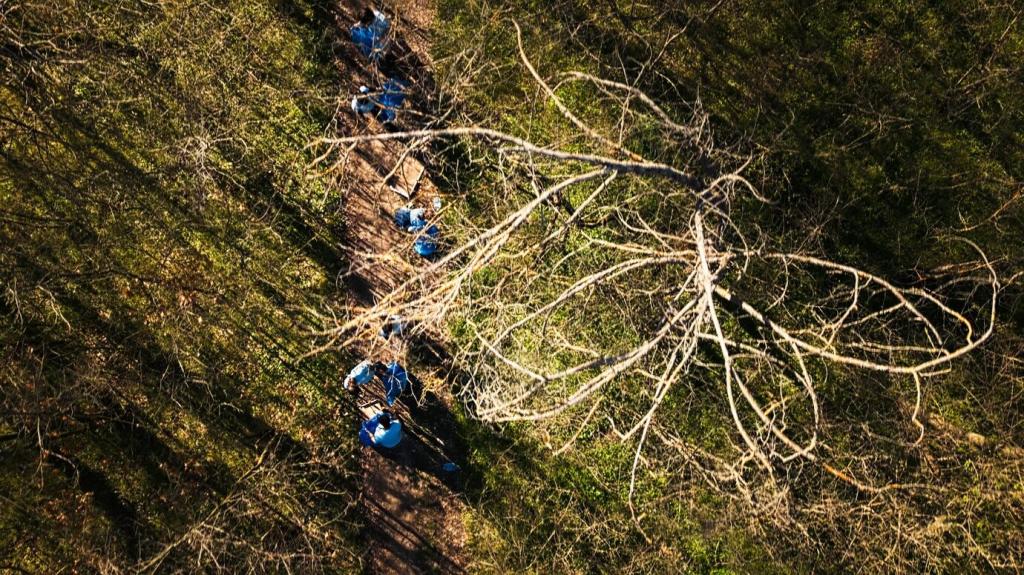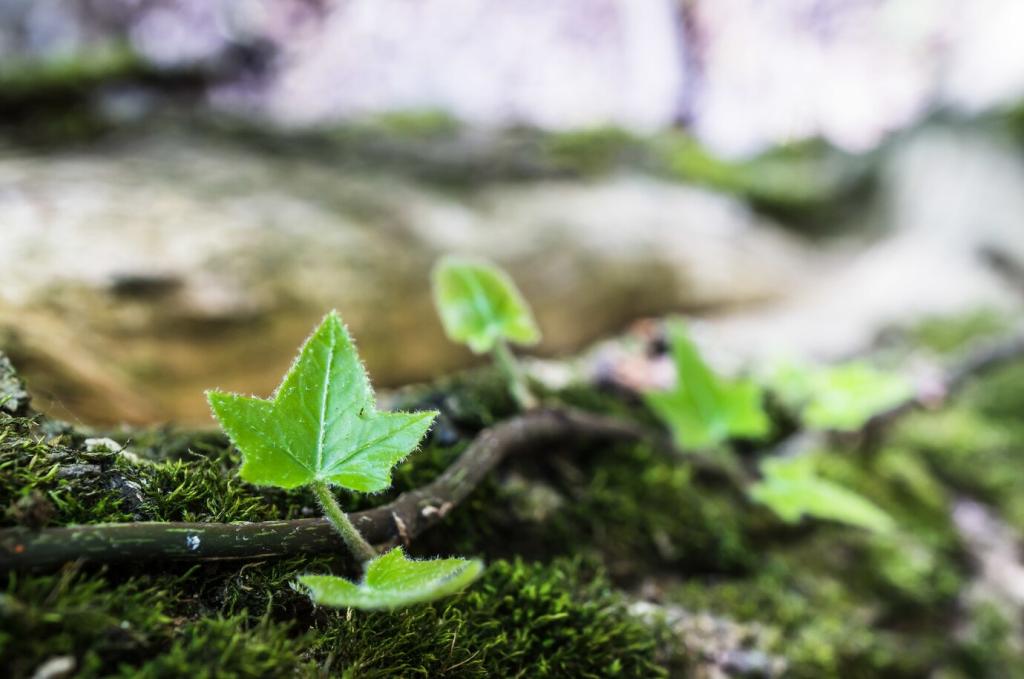Hardscape with Heart: Simple Materials, Lasting Impact
Gravel, decomposed granite, or permeable pavers let rain soak in. You protect waterways, prevent puddles, and reduce heat buildup. A simple path with clean edges becomes a timeless feature that anchors the garden’s minimal lines.
Hardscape with Heart: Simple Materials, Lasting Impact
Pick one sustainable material—like reclaimed brick or rot-resistant wood—and use it for edging, steps, and seating. Visual consistency reduces visual clutter. It also simplifies repairs and sourcing, making your minimalist decisions long-term and practical.
Hardscape with Heart: Simple Materials, Lasting Impact
Use low walls or slender trellises to guide the eye toward a tree, sky, or sculpture. Editing views is core to sustainable minimalist landscaping tips: invite focus, reduce distractions, and create a sense of calm progression through the yard.






